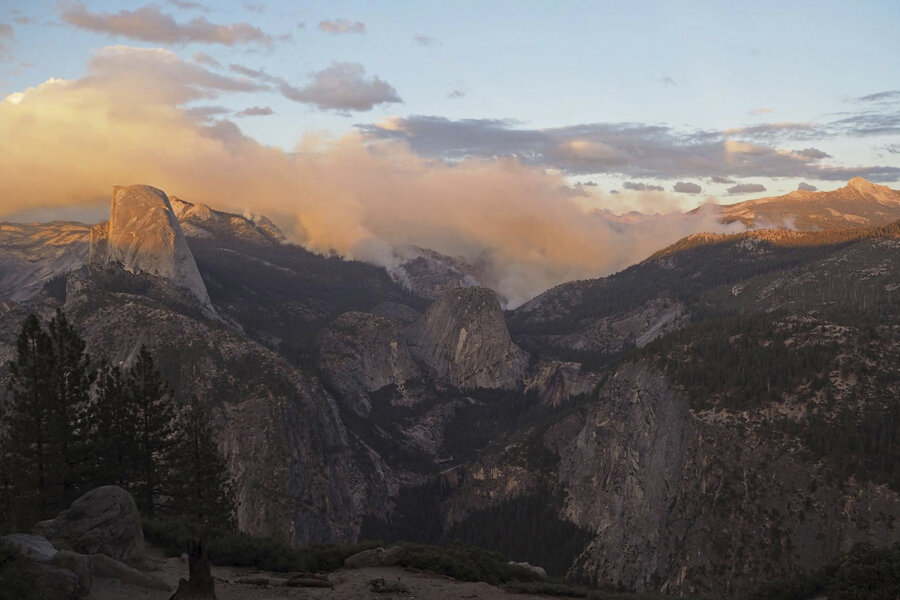Two California wildfires force hundreds of evacuations, at least 10 homes lost
Loading...
Two California wildfires have uprooted hundreds of residents, including a blaze near the resort town of Bass Lake, south of Yosemite National Park, that has forced more than 1,000 people to flee about 400 homes.
The Bass Lake fire on Sunday destroyed 21 structures and charred 320 acres, according to The Fresno Bee.
More than 10 homes are reported to have been lost in what is known as the Courtney fire.
"This is gut-wrenching," Cal Fire Battalion Chief Chris Christopherson told the Bee.
Jon Cunningham was one who lost his home in the fire. The Bee reports:
"My wife and I looked back and saw our backyard was burning," he said. "So we didn’t take much time. She drove one car, I drove the other car and we just left."
The couple grabbed what they could: one suitcase each, a computer and some business records.
Photo albums, handmade furniture, a 1930s piano, tools and everything else stayed behind and burned.
Cunningham’s three-bedroom, two-bath house on Pine Drive is now ashes.
Drawing 400 firefighters to combat the flames, the fire started about 1:40 p.m. Sunday near Oakhurst, Calif. – the same location where some eight homes were destroyed in a fire last month, the Los Angeles Times reports.
The fire is 20 percent contained, according to the California Department of Forestry and Fire Protection (Cal Fire).
Images from Twitter reveal homes on the edge of Bass Lake leveled to their foundation and flames engulfing treetops coated by black clouds of smoke.
California is in its third straight year of drought, thus propelling the dry climate that sets the stage for more wildfires.
This year's wildfire season in the state, typically running May to October, is projected to be the most destructive on record, according to Cal Fire.
Close to a dozen fires are currently raging across the state.
Crews continue to battle the Meadow fire in Yosemite, which the US Forest Service estimates began in July. It has burned more than 4,700 acres, with authorities saying it is 50 percent contained.
East of Sacramento in an area called Pollock Pines, 133 people have been forced to evacuate their homes, while residents of another 406 homes have been told to prepare for evacuation because of what’s known as the King fire. As of early Monday morning, that fire has covered 3,000 acres and is 10 percent contained.
Meanwhile, mandatory evacuation orders have recently been lifted for a fire in Silverado Canyon, an area east of Orange County in southern California. The blaze has affected 968 acres but is now 80 percent contained.
The Happy Camp Complex fire in far northern California, the largest ongoing blaze in the state, has touched nearly 112,000 acres. It is currently 55 percent contained, but a mandatory evacuation is still in place in part of the affected area.
• Material from Reuters and the Associated Press was used in this report.








